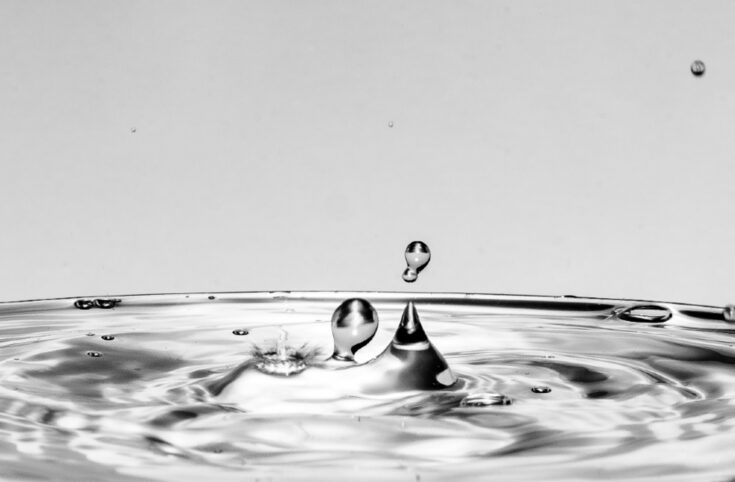Baffles slow down the movement of fluid by diverting its flow. Research found that two or three porous baffles dividing a tank calms sloshing better than a single separator, but the returns diminish as more baffles are added.
The sloshing effect
The findings and improved understanding into how external movement impacts the way liquids slosh could help mathematicians and engineers design better tankers to transport liquids on land or at sea.
The findings could also be used in tuned liquid dampers, which reduce the sway of skyscrapers in earthquakes and high winds.
The research was funded by the Engineering and Physical Sciences Research Council (EPSRC), part of UK Research and Innovation (UKRI), through a small grants scheme to support mathematical sciences.
New solutions
Dr Matthew Turner, a mathematician at the University of Surrey and expert in fluid dynamics who conducted the research using mathematical modelling, said:
Sloshing liquids can impact safety and efficiency. For example, if a tanker transporting liquids via road stopped suddenly, extreme movement of liquid inside the tanker could move the vehicle forwards, and unstable fuel loads in a space rocket could be catastrophic.
Porous baffles inserted within a tank can help stabilise loads and reduce sloshing. Our research helps clarify how many it’s worth using.
Jane Nicholson, EPSRC’s Director of Research Base said:
This fundamental research demonstrates the potential impact of maths research, as a result of our mathematical sciences small grants investment.
It is motivated by real-world applications to ensure the safer and more efficient transportation of liquids and will bring new solutions in a wide range of sectors.
What’s next
Next Dr Turner wants to investigate whether actively varying how porous the baffles are could offer further benefits.
A mechanism which controls the rate of flow through the baffle could help us optimise designs. It could also be helpful when designing wave energy converters.
Dr Turner has a paper published in the Journal of Engineering Mathematics.
Top image: Credit: Max_Altana, iStock, Getty Images Plus, via Getty Images

